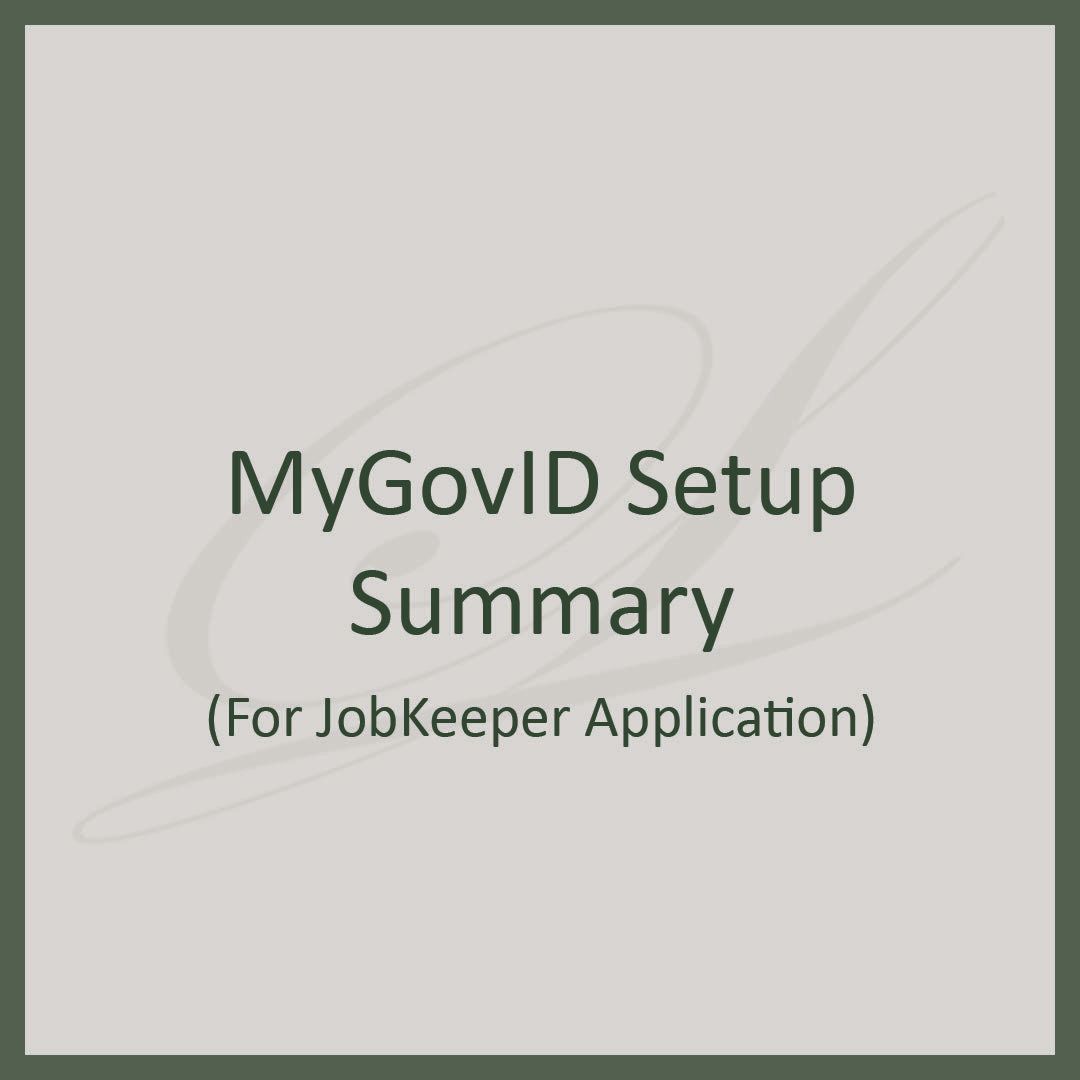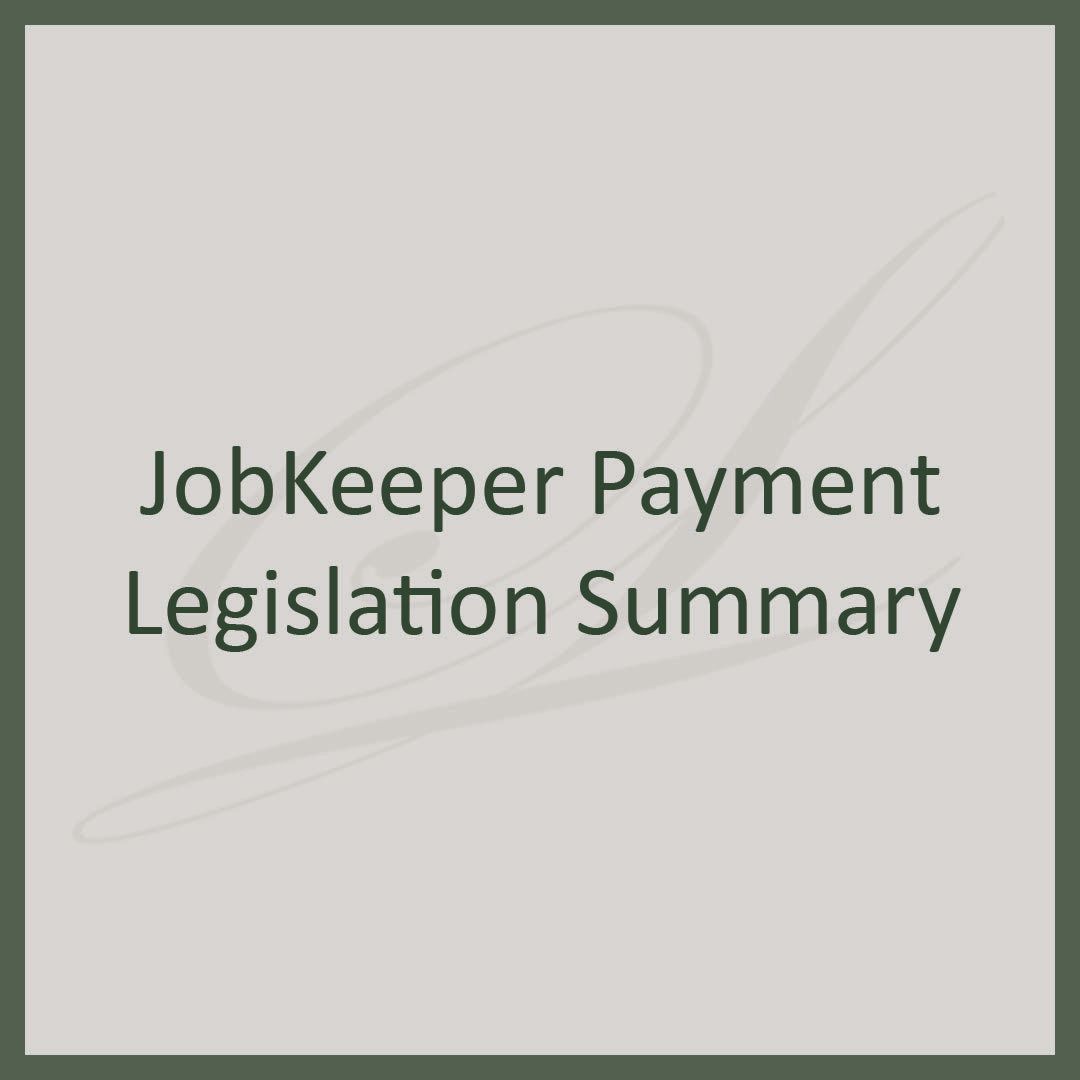Blog Layout
JobKeeper Payment Announcement
Carmen Lawson • March 30, 2020
Federal Government JobKeeper Announcement
Right, I’ll get straight into it as this one creates more questions than answers
ELIGIBILITY AS AN EMPLOYER
• Turnover must have reduced by more than 30% relative to a comparable period a year ago (of at least a month). So if you want to claim the JobKeeper payment for the month of March 2020, you have to prove that March 2019 month you turned over more than 30% compared to March 2020. It is not a comparison of the prior month or longer period of time, but of the same month or same longer period in 2019.
• Sole traders who do not employ are eligible (so long as their turnover has dropped per above)
ELIGIBLE EMPLOYEES
• Must be current employees (including those that are stood down or re-hired). Which means if you have already stood down (not terminated employees) you can put these employees on the payment.
• Were employed by the employer at the 1st March 2020
• Are full-time, part-time or long-term casuals (a casual employed on a regular basis for longer than 12 months as at 1st March 2020 – so must have been employed before the 1st March 2019).
• Must be at least 16 years old, an Australian citizen with a permanent visa and is not in receipt of the JobKeeper Payment from another employer.
OBLIGATIONS OF EMPLOYERS
• You must pay the entire payment as a gross payment to the eligible employee. This means that if you employ someone and they normally don’t earn $750/week gross (before tax) – they just got a pay rise! You must pay them the entire amount as a gross wage (just to confuse you, if you don’t normally pay them this, you only have to pay super on what you would normally pay them – don’t think payroll programs are going to be able to calculate this, but we will see how we go)
• You have to notify the employee if they will be getting the JobKeeper payment (even though it comes through you, you have to let the employee know they are a registered employee for the payment).
• You will also have to provide monthly updates to the ATO regarding eligibility for employees and turnover eligibility.
WHEN DO PAYMENTS START
• First payments won’t come through until the first week of May.
• It looks like it might be a monthly application for the payment (i.e. for the Month of March, payments in May – the month of April payments in June – this is just my guess at this stage)
HOW TO REGISTER
Go to the ATO website – there is a button down the bottom. Or here is the link (Be prepared – this site is going to crash):
https://www.ato.gov.au/general/gen/JobKeeper-payment/
OUR SUGGESTIONS
• You would have to have your Activity Statements and income tax returns lodged up to date to get this.
• You would also need to be registered (you should be registered anyway) for single touch payroll so the ATO can get up to date information on what you are paying employees.
• Be prepared for audits down the track on this, so don’t be greedy.
• Make sure you register now for this, it is going to take the ATO time to get their systems right to cope with this.
WHAT I DON’T KNOW
• If payment will go to your bank account or as a credit on your ATO Account.
• If turnover can be reported as Cash or Accruals to prove the 30% downturn (some businesses might not fall in turnover, but are not being paid regularly as a result of the virus which will result in bad debts (this is what I will hopefully find out for you).
• Why they put dumb-arse reporters in front of the Prime Minister that asks dumb-arse irrelevant questions.
*Disclaimer - All information posted in this update is true and correct at the time of posting. Legislation surrounding this situation is constantly changing. We will provide additional updates as required upon further government announcements or legislation changes. *

By Daniel Foelz
•
March 4, 2025
Every company registered in Australia must meet annual compliance obligations set by the Australian Securities and Investments Commission (ASIC). One of the key requirements is the annual statement, which ASIC issues to companies shortly after their annual review date - typically the anniversary of their registration. What is an ASIC Annual Statement? Shortly after a company’s annual review date, ASIC sends out an annual statement. This document includes: • Company’s Current Details: A summary of the company’s information as recorded by ASIC. • Annual Review Fee Invoice : An invoice detailing the fee required to maintain the company’s registration. • Corporate Key: A unique identifier that allows secure access to ASIC’s online services for updating company information. Companies must carefully review this document to ensure their information is correct and take action to maintain their registration. Annual Obligations for Companies To remain compliant and avoid penalties, companies must complete the following steps each year: 1. Pay the Annual Review Fee ASIC requires companies to pay a yearly fee to maintain their registration. The amount varies depending on the type of company (e.g. Private Company or SMSF Trustee Company). Payments must be made by the due date to avoid late fees and possible deregistration. These fees are included within our invoice issued to you. 2. Verify and Update Company Details Companies should check their annual statement to confirm that all details - such as registered office address, directors, and shareholders are accurate. If any changes are needed, they must be updated with ASIC by contacting our office. 3. Pass a Solvency Resolution Within two months of the annual review date, company directors are required to pass a solvency resolution. This resolution confirms that the directors have reasonable grounds to believe the company can pay its debts as they become due. While the resolution doesn’t need to be lodged with ASIC, it must be documented and kept with the company’s records. Consequences of Non-Compliance Failing to meet ASIC’s annual requirements can result in penalties, late fees, and even company deregistration. It is crucial for companies to adhere to these obligations to maintain their good standing and ensure uninterrupted operation. What Happens If You Don’t Receive Your Annual Statement? If the annual statement isn’t received within a week of the review date, companies should contact ASIC to avoid compliance issues and potential penalties. Deregistration Considerations If a company is no longer operating, it may apply for voluntary deregistration to avoid ongoing fees and obligations. Contact our office to discuss. Stay Compliant to Avoid Penalties By staying on top of annual reviews and ensuring all obligations are met on time, companies can remain in good standing and avoid unnecessary complications. For comprehensive information on annual statements and company obligations, refer to ASIC official website or contact our office.








